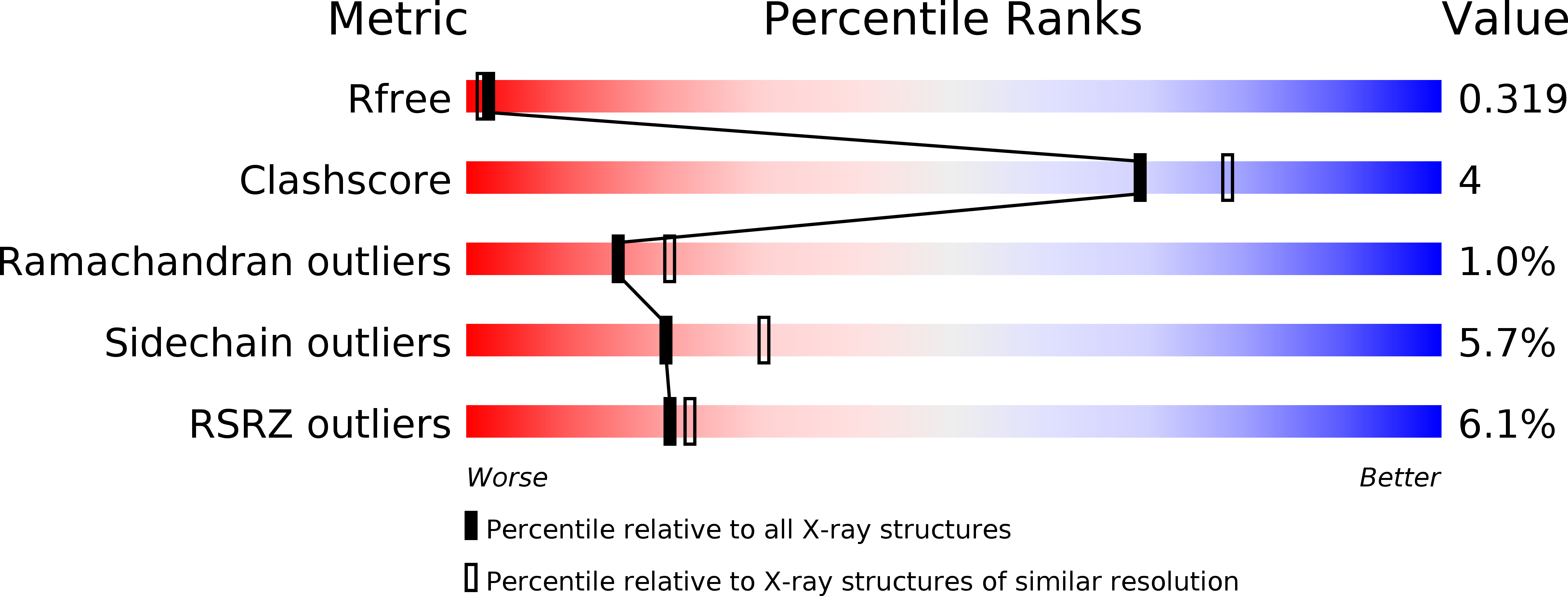
Deposition Date
2010-01-20
Release Date
2010-09-15
Last Version Date
2023-09-06
Entry Detail
PDB ID:
3LGH
Keywords:
Title:
Crystal structure of NikR from Helicobacter pylori with variable Ni site coordination
Biological Source:
Source Organism:
Helicobacter pylori (Taxon ID: 85962)
Host Organism:
Method Details:
Experimental Method:
Resolution:
2.37 Å
R-Value Free:
0.31
R-Value Work:
0.25
R-Value Observed:
0.26
Space Group:
P 21 21 21


